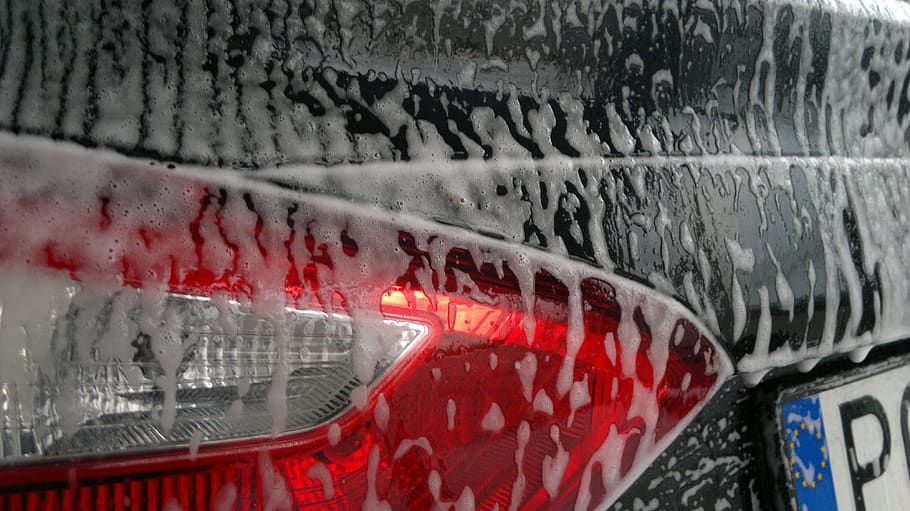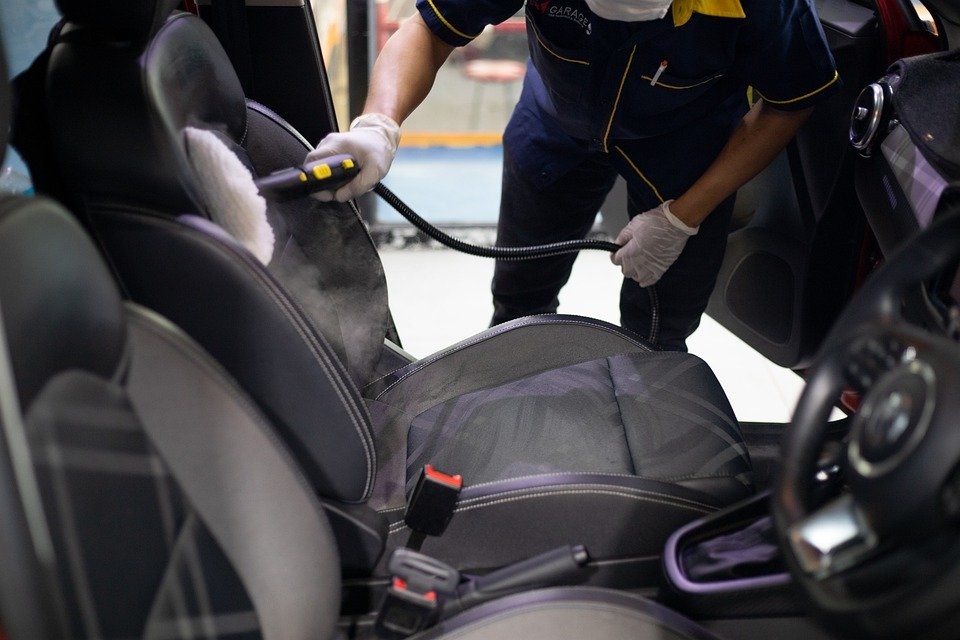Ever since the quest of automotive owners has directed towards the discovery and manufacturing of reliable materials to prolong car longevity, Paint Protection films have surfaced from the lot. Paint protection films are the new kids in the automotive care block and serve the main purpose of car paint protection. As a responsible car owner, you must adopt all the possible techniques and methods to preserve the look of your car so you can drive it for long periods of usage.
Are you wondering what the car paint protection films are all about? Let’s look on brief details, shall we?
What is a Paint Protection Film?
Paint protection film is one of the most trending car care products these days. Abbreviated as PPF, automotive paint protection films are applied by professional auto detailers. You can also get in touch with vinyl installation experts to get the job done. Paint protection films are thin sheets of polyurethane materials. This polymer sheet acts as a protective skin which prevent any damage to the paint protection. If you want to minimize the car paint damages from small scratches, rock chips, UV exposure, acid rain, mineral deposits and much more, Paint protection films can do the job for you.

History of PPF
Just like other things, PPF also has a very interesting history. Clear Bra is the popular brand name used to sell PPF in US these days. Here is history behind the creation of Clear Bra
- PPF is made from polyurethane material. During Vietnam war, when US helicopters were crashing due to damage on the rotor blades, urethane technology was introduced, urethane technology was developed. The US military decided to develop a 3M technology which will be resilient, lightweight and could be replaced with little cost.
- Next step was to apply Polyurethane technology on the tops of fighter jets in 1970’s. Ever since the development and application of Clear Bra, it has been quite successful in different fields. The 3M still manufactures Clear bra and other polyurethane films for aerospace, military and automotive industry.
- During 1980’s, NASCAR observed the benefits of urethane technology to protect the front half of deadly race cars. After this observation, many advertisers paid lump sums to cover the front of race cars with urethane decals to avid damage from rock chips.
- Polyurethane films were made available for common consumer use during the 1990s. Ever since their introduction in the automotive market, PPFs have been continuously refined and improved to meet the OEM standards set by car manufacturers. They are widely welcoming and purchases all across the world.
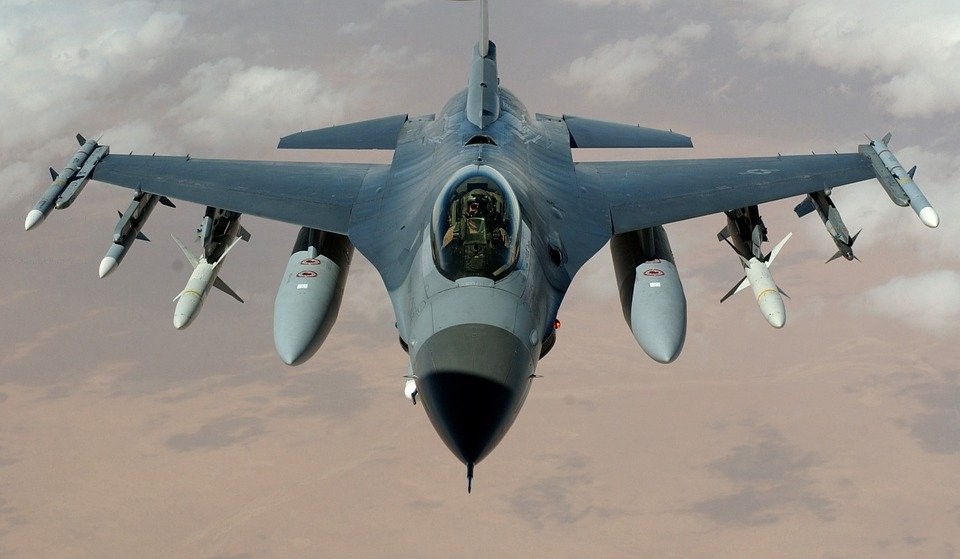
PPF Vs Vinyl
Paint Protection Films and Vinyl are quite different from each other. Sadly, there is a lot of misunderstanding prevailing in the industry regarding the characteristics and individual advantages of both types of car protection layers. Here are some of the pointers which can clarify the difference between vinyl wraps and paint protection films:
Aesthetics and Customization
Vinyl Wraps are purely used for car customization purposes. Auto detailers use these wraps to change the look of a car and make it more aesthetically appealing. Vinyl wraps are used for other purposes like advertisements, changing vehicle color without repainting it and imparting individuality to any car. Vinyl wraps have been around for many years and their demand has grown immensely in the automotive owners. Similarly, vinyl wraps offer more extent of customization than the PPF. Vinyl wraps have a thickness range of 2-6 mils.
Paint protection films are purely intended for car paint protection purpose. These films are clear and retain the color and look of the car. You can use PPF as an additional protective layer over car paint. PPF offers little to no extent for customization. PPF thickness has a limited range of 6-10 mil.
Durability and Car Protection
Vinyl Wraps are thinner and less durable than PPF. Vinyl is composed of polyvinyl chloride which is brittle in nature. If you were to compare the weight of vinyl wrap and PPF on the same car, the weight of Vinyl wrap will come out half the weight of the clear bra films. The ends of vinyl wraps are quite noticeable, and these wraps are used to cover the entirety of any vehicle mostly.
Paint Protection Films are thicker, more durable and heavier than the vinyl wraps. As a car owner, you can choose to cover only the front end and rear quarter panels of your car rather than the whole car. Clear bra is invisible to the naked eye and can be used to cover custom specific parts of a car. Paint protection films offer higher extent of durability, impact resistance and car paint protection.
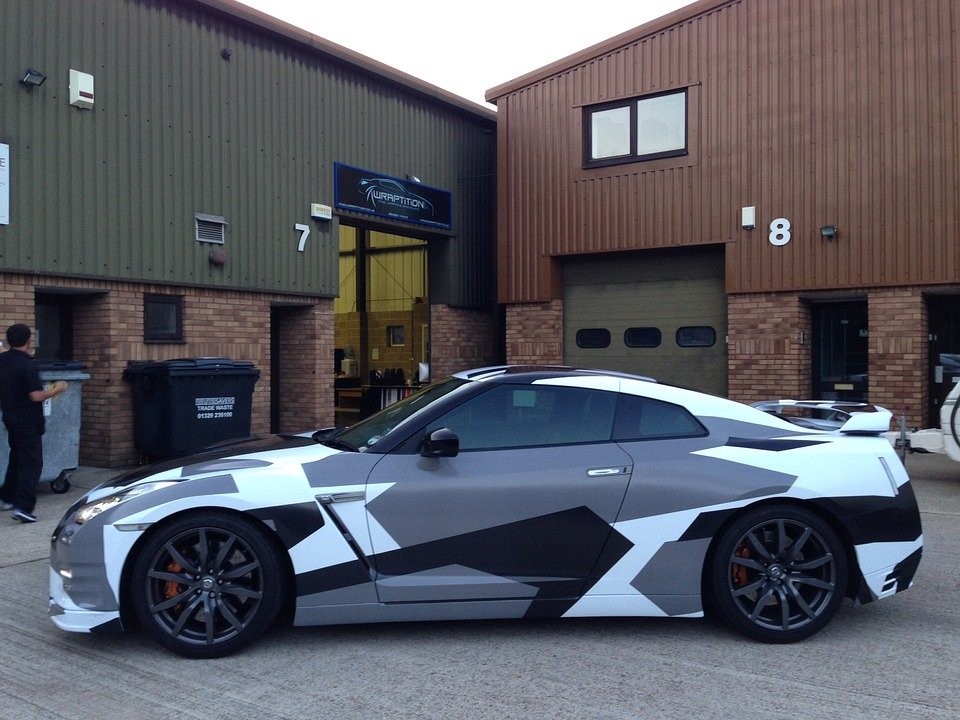
Importance of Ceramic Coating on PPF – Make the most out of Paint Protection Films
Paint protection films are loved by many due to their protective properties which help in boosting the durability of your car paint. As a car buyer who wants to prolong his car investment, PPF are a great way to protect car paint and make the most out of your vehicle. PPF has some limitation which can be covered by adopting the following strategies:
Apply Ceramic Coating
In most cases, car detailers choose to apply an additional layer of ceramic coating on the paint protection films to enhance the longevity and durability of PPF. Usually, the ceramic coating is applied on the PPF that covers the front end of the vehicle to reduce the susceptibility of rock chips and other impact damages. Ceramic Coating offers following benefits:
Adds more shine to car:
If you are someone who has had first-hand experience with PPF, you will know that paint protection films are very dull and lose their luster with time. Yellowing of PPF is a common complain, however, it can be remediated with the use of best-quality paint protection films. You can go for Clear Bra installation on front grill and hood and move on to apply ceramic coating on the rest of the car.
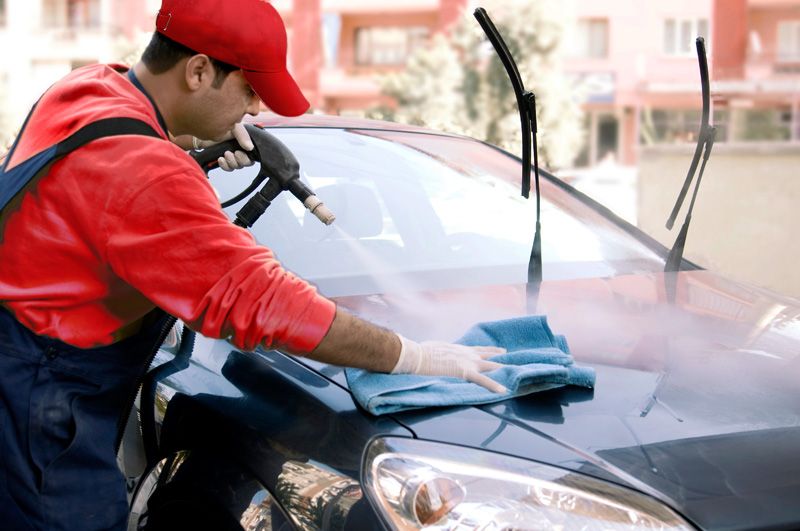
More water resistance
For those of you who are worried about dust and debris sticking to PPF due to water retention, a ceramic coat is a great way to boost hydrophobic properties of the clear coat. Use a nano-ceramic coating to fill any ridges and grooves in the existing PPF and boost the water resistance of your vehicle’s exterior.
Lesser Car Washes
Getting tired of spending every other weekend on car washes? You can save yourself the hassle of taking your car out for multiple washes by choosing ceramic coating. Owing to the increase in water resistance, lesser debris, dust and contaminants will stick on your car.
TIP: Hire mobile car wash to get car washing done right at your home.
Lesser car wax
Car wax is a great way to remediate any chips and dents which appear as stains on car paint. A ceramic coat will reduce the need to wax the car as it offers better shine and car paint protection from stains.
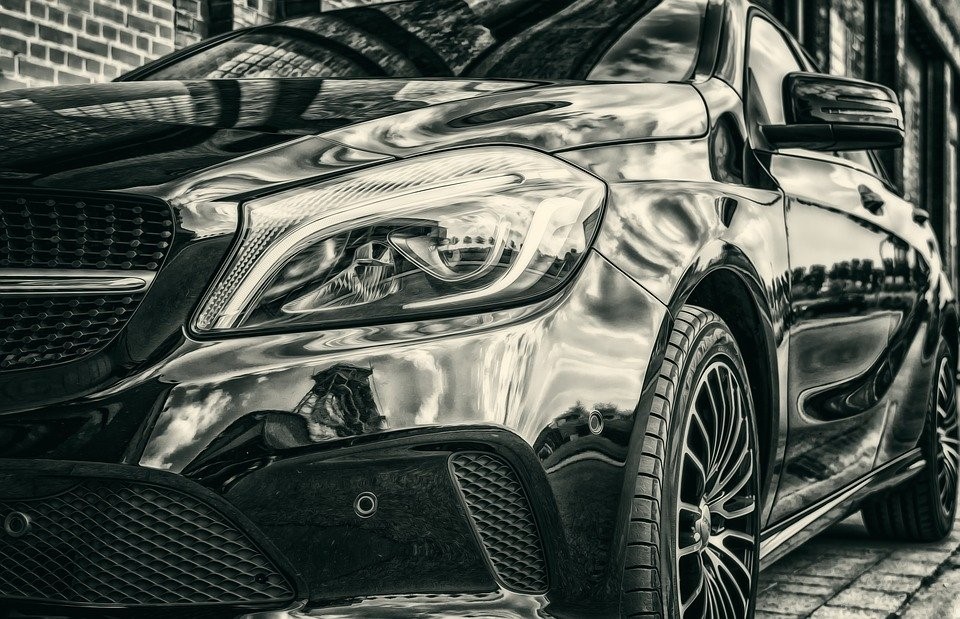
Paint Protection Film Brand Names
Did you know that the first-ever creator of Paint protection films was 3M? Later, the manufacturer fine-tunes the existing PPF to suit the needs of Cars. Today, several new manufacturers have surfaced the market with PPF products of their own. The minute you enter the paint protection market, you will instantly see popular names like the Suntek Paint Protection, Xpel PPF, Llumar Platinum films and 3M’s PPF pro series.
Some of the popular brand names under which PPF is sold include:
Clear Bra:
Any beginner car owner and auto detailer will know about Clear Bra but only a handful of experts know how it install it properly. Clear bra is the default name used for paint protection films in United States. You can go to an expert auto detailer to avail custom Clear Bra installation on car bumpers, door edges, fenders and other car parts.
Other brand names include:
- Clear Mask
- Clear Wrap
- Rock Chip Protection
- Car Scratch Protection Film
- Invisible Shield
Composition of Paint Protection Films
As a car owner who likes to know it all and have it all, it is your natural instinct to know about the composition of the material you are going to use to wrap your vehicle. If you want to know what goes into the manufacturing of paint protection films, here is a detailed overview:
Meet Urethane – The Key Ingredient
As per the history of Paint protection films, the use of urethane in manufacturing of these films has already been established. Urethane is a versatile and powerful polymer which is manufactured by using carbamate links. Due to its chemical nature, this compound is in no way brittle, yet it has the ability to act like a lightweight, transparent plastic. What’s even more interesting about this powerful polymer is that it has incredible flexibility and returns to its natural shape if it gets disfigured or stretched upon impact. It has a high resistance against abrasion, corrosion and impact damage.
Uses of Urethane
Urethane is a powerful and diverse material which is used in many industries and recreational purposes. You can use it as
- A urethane household calk to line bathroom tiles and seal space from moisture, preventing mildew and fungus growth.
- A boat coat to prevent underwater damage to expensive boats
- A sporting equipment part protector in different equipment like surfboard fins and football.
- In the manufacturing of mining equipment as urethane has high resistance to wear and tear
- An automotive paint protection film that has thickness up to 8 mils.
What makes up a Paint protection film?
Did you really think that only urethane is used to create a paint protection film that passes OEM standards? Think again. While Urethane is the key ingredient used in the making of paint protection films, two other layers wrap the central urethane layer in every paint protection film.
Top Clear Coat
A clear coat composes of elastomeric polymers coats the top of urethane layer. This coat imparts self-healing properties to the PPF. The top elastomeric layer has a low surface energy which means that it also prevents bonding with organic compounds like bird droppings and bug splatters.
Bottom Acrylic Adhesive coat
Beneath the urethane layer, we have an acrylic adhesive coat which offers flexibility to the film and aid the wrapping process. It allows the film to be stretched and wrap in every contour of the vehicle to prevent any detachment from the car without damaging the look of the car.
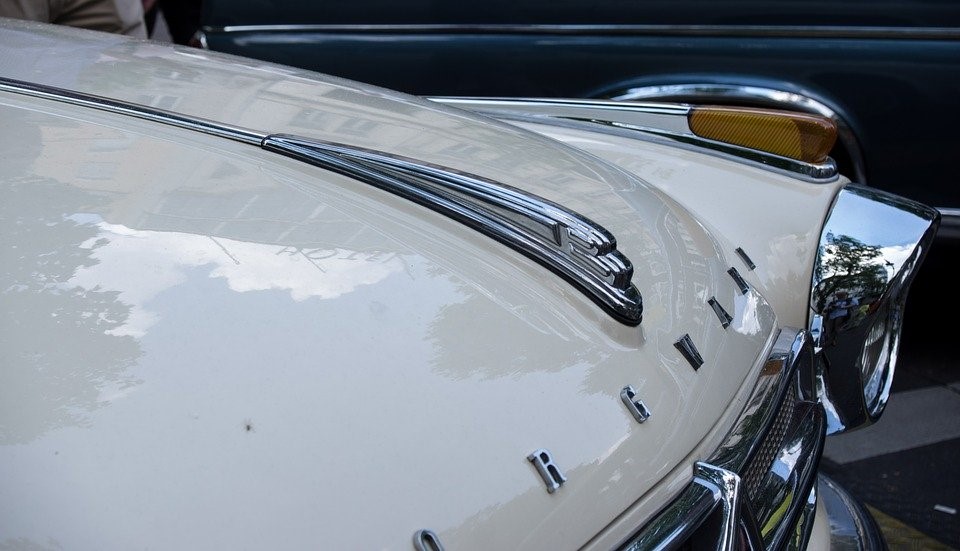
Lifetime of Paint Protection films
Before you invest in car paint protection films, one of the first questions that come into your mind is regarding the longevity of these films. Undoubtedly, PPFs cost a good sum of money and it is wise to consider their lifetime so you can prepare your budget according to current and upcoming expenses. However, you will feel relieved to know that paint protection films are known for their longevity – all thanks to their amazing thickness and stunning self-healing properties.
According to average estimate, a good-quality, professionally installed paint protection film can last from 5 to 10 years. Although you will probably receive manufacturer warranty on the paint protection films you choose to install, there are many other factors which affect the longevity of your paint protection film.
Factors impacting longevity of PPF
Some of the common factors which impact the longevity of paint protection films include:
Surface Condition
It is important to keep in mind that a paint protection film is only as good as the layer beneath it. If you fail to choose a good installer or neglect proper surface preparation for the installation of paint protection films, you risk damaging your car even more. Choose a professional clear bra installer and always check the surface preparation before installing the PPF. Keep in mind that when it comes to surface preparation, more time is better.
Application Method
Paint protection film installation is a challenging and time-taking process. Due to the delicacy of this task, the auto detailers require a lot of time and put in a lot of effort to do the job correctly. If any creases, bubbles or gaps are left in the wrapping material, the film will not adhere to the surface and lead to corrosion in worst cases. The longevity of paint protection films directly depends on the correctness of application method.
Environmental Factors
Although best-selling PPF are resistant to most of the environmental damages, prolonged exposure to heat and UV damage can lead to complications and issues with the films. In direct words, prolonged exposure to heat and UV can lead to reducing the lifespan of the PPF by damaging the adhesive layer beneath the urethane layer. Keep in mind that paint protection films are not resistance to impacts of greater volume and care shall be taken while driving and parking the car.
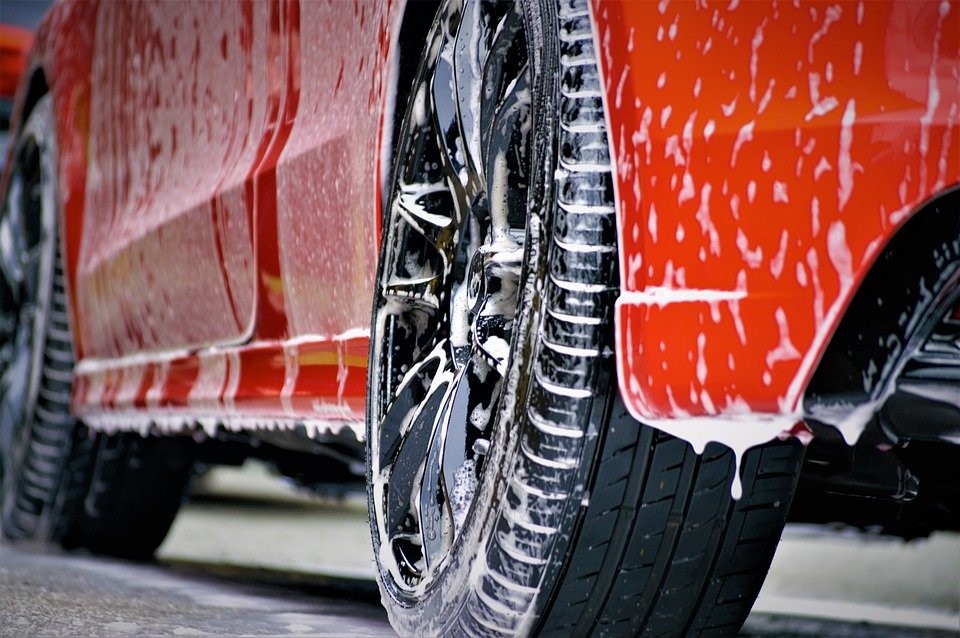
Steps to Install Paint Protection Films
Paint protection film installation is as challenging as its fascinating. For any new car owner, witnessing this installation process is a must-do. Here are the main steps involved in the installation of paint protection films:
- Preparing the surface: Use a good degreasing agent to remove debris, polish or wax from car paint.
- Cutting PPF into section: PPF is usually installed by cutting into multiple sections. An auto detailer will cut the big film into sections that fit the entirety of different car sections like the hood, quarter panel, rocker panels, doors and side mirrors.
- Spray Fitting Solution: Once the paint protection film is cut into sections, the auto detailer will spray a fitting solution as an activator to stimulate the action of glue-like adhesive layer. The film will stick on the car paint.
- Fitting PPF: This step of PPF installation requires expert set of hands. The auto-detailer will move in a sequence of spraying and stretching the film on car parts to eliminate any chances of creasing and blistering.
- Drying of PPF: Auto-detailers will use an industrial heat gun to activate the heating process so the adhesive can properly stick to the car body.
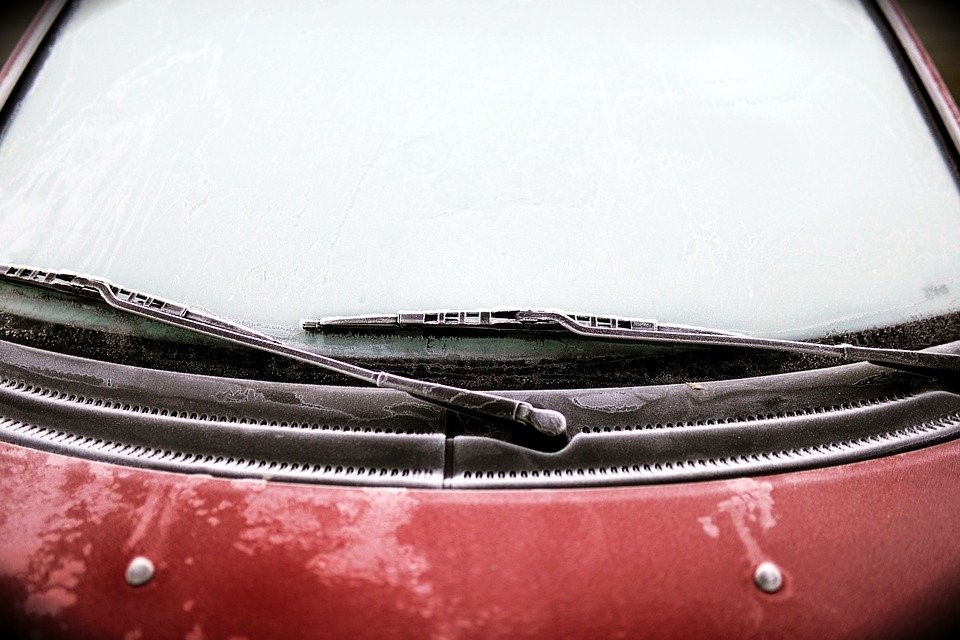
Common Issues with Paint Protection Films
Just like any other car care products, the paint protection films are also liable to multiple issues. During the first few years the follow a fresh PPF installation, you will not see any kind of changes with the overall look of your car. In fact, ceramic coated paint protection films add luster to your car paint for more aesthetic appeal. However, you will come across many individuals complaining about different issues occurring with their paint protection films. The silver-lining in this dark cloud is that these complains are common and most of the auto-detailers explain them to the consumers before initiating a deal.
Although the paint protection film manufacturing and installing techniques are continually improving, the films are still susceptible to changes over time. Here are some of the common issues which occur in paint protection films:
Yellowing of PPF
Yellowing is one of the most popular and earliest complains received by auto detailers and manufacturers from the car owners. PPF tends to turn yellow overtime and significantly damage the look of light-colored or white cars. Prolonged exposure to the UV light causes oxidation of the adhesive which results in the “yellowing” or discoloration of the film wrapping the car. However, you can resolve this issue by investing a bit more in the UV-resistant paint protection films available in the market. Avoid using sub-standard paint protection films.
Blistering of PPF
Another common issue with paint protection films is blistering of the film. When small air bubbles get trapped underneath the film, the develop into ugly blisters. These bubbles can not only retain moisture and dirt to damage the look of your car paint but also lead to ruptures in the film causing a lot more damages. The solution of this problem lies within the cause of this problem i.e. the application process. Choose good auto-detailers who are experienced in installing good-quality paint protection films without leaving any blisters.
Peeling of PPF
Peeling occurs when the fil starts to detach from the car paint from the edges. Using a sub-standard paint protection film or poor activation spray are the main causes behind peeling of PPF. One of the easiest ways to avoid peeling is to wash the car from at least 12-inch distance if you are using a pressure wash.
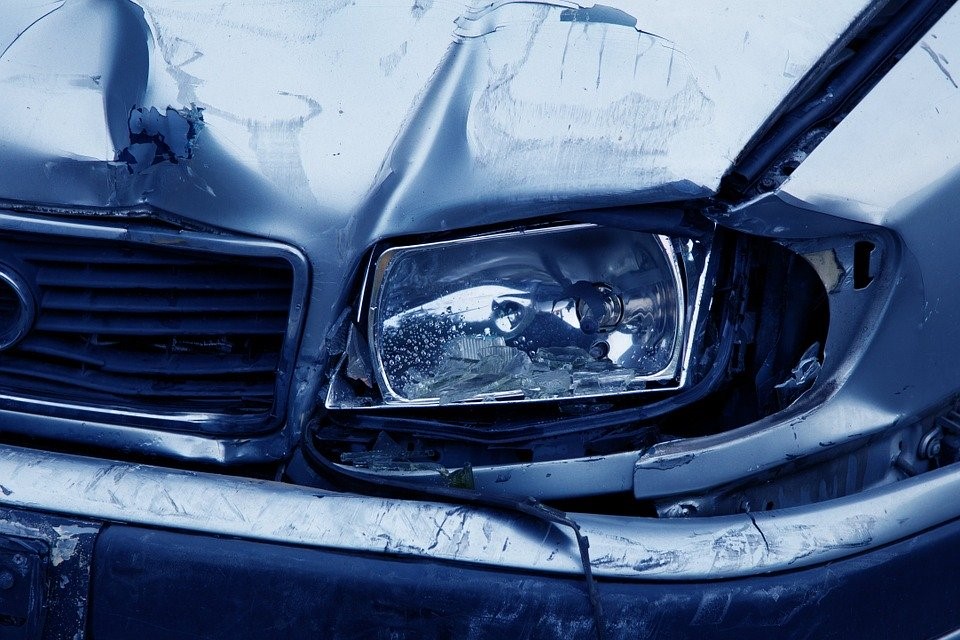
Should you choose Paint Protection Films?
In conclusion, paint protection films are a great way to extent the lifespan of your vehicle’s surface by protecting car paint. Paint protection films have self-healing properties and last for as long as 10 years if you use top-quality products and a good installer. At Mobile Car Wash, we are offering top-class installation of good-quality paint protection films. Get in touch with us to know more!
